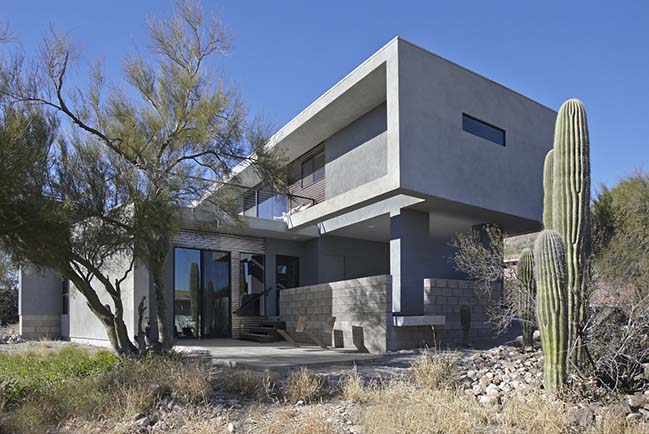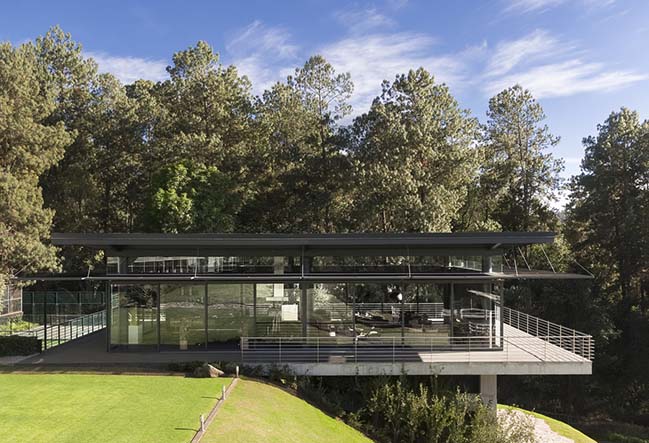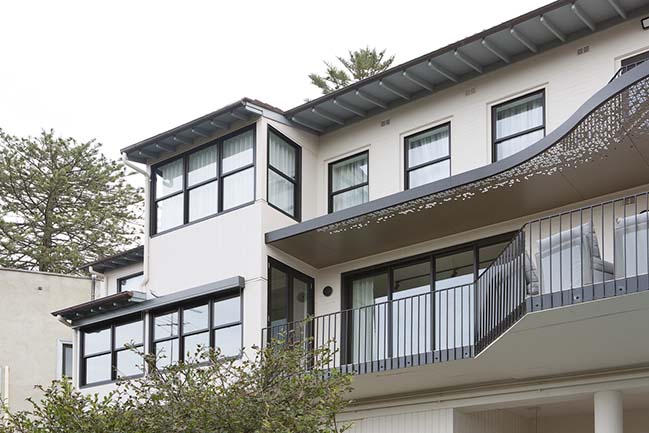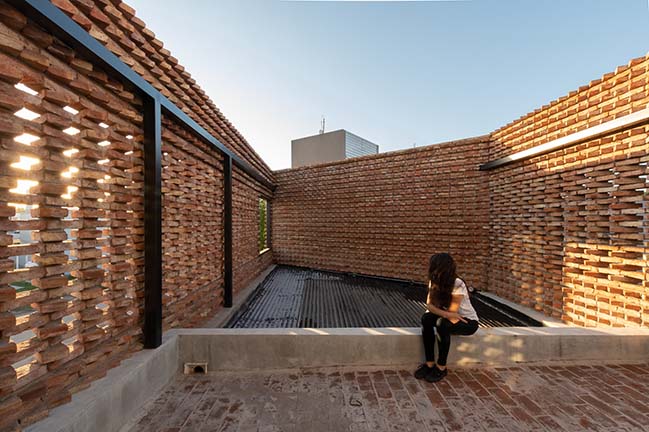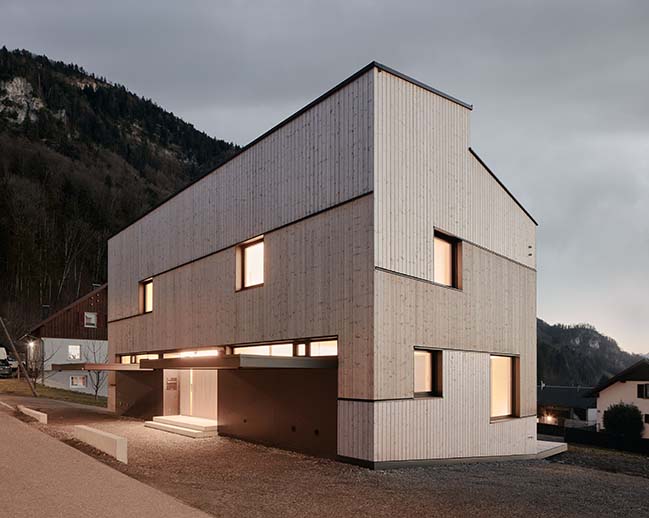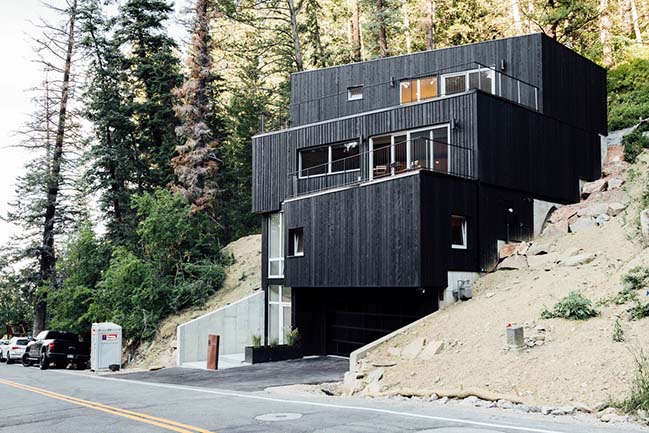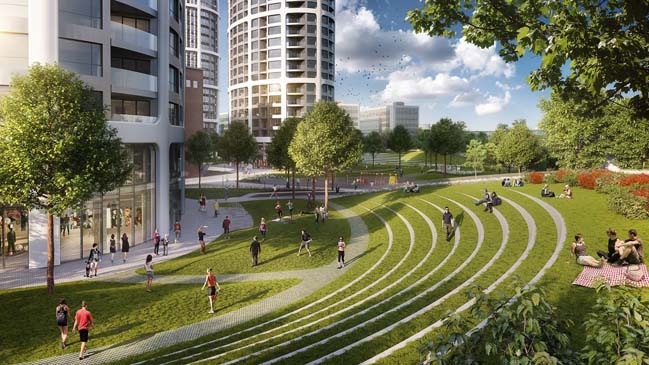04 / 28
2019
Bosc d'en Pep Ferrer is the traditional toponym of a large plot located next to the beach of Migjorn, on the south coast of the island of Formentera. This territory has a place that unleashes the desire to inhabit an oneiric view, where the horizon is only cut by the beautiful silhouette of the Pi des Català Tower, built in 1763.
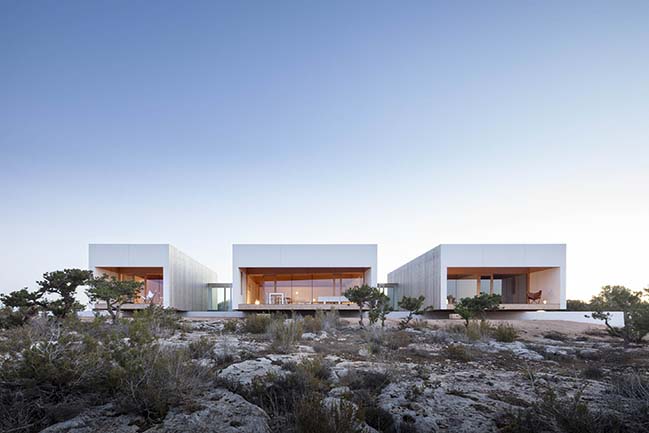
Architect: Marià Castelló Architecture
Location: Playa de Migjorn, Formentera, Spain
Year: 2017
Building Engineer: Agustí Yern Ribas
Structure: Miguel Rodríguez Nevado / Ferran Juan
Installations: Javier Colomar Riera
Collaborators: Marga Ferrer, Natàlia Castellà, Lorena Ruzafa y Elena Vinyarskaya
Builder: Motas Proyectos e Interiorismo S.L. / Luis Tulcanazo Castro / Antonio Serra Requena / Foreva S.L.
Subcontractors: iCarp Valencia S.L. / Velima System S.L. / Astiglass S.L. / Singularglass S.L.
Photography: Marià Castelló Martínez
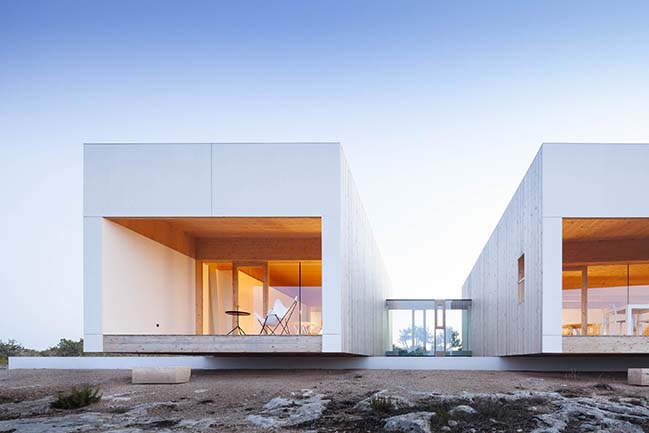
From the architect: The project focuses on the duality between the telluric and the tectonic. The heavy and the light. The earth and the air. The handcrafted and the technological. Compression effort and traction resistance.
The rock, which comes to the surface in the chosen place, has been carved as if it were a sculpture, offering a cavity reminiscent of the 'marès' stone quarries. A whole space materialized with a single stone. Monolithic. Megalithic. Stereotomic.
The intervention offers a house for a family sensitive to the environment, which program is divided into three light modules built in dry construction systems and a cavity made by subtraction of material on the lower floor. This longitudinal disposition gives place to full-empty successions , patios, connecting walkways, transverse views and a place created by time and discovered by surprise: a natural cave in the main access courtyard, which was integrated to the Project during the process of construction.
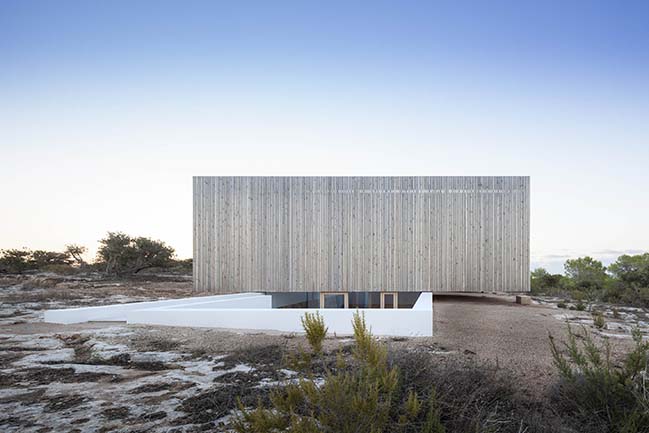
The structure is easily comprehensable and manifests itself in three stratums with ascending levels of precision: the lower floor expresses the obvious absence of containment walls added to the rocky layer, as well as the appearance of a small concrete structure that regulates the upper level of this floor and constitutes the support platform of the ground floor. On the upper floor, as if it were a real-scale scale model, the double-supported set up of the structure becomes evident from the inside, where it has been left seen in most cases. Here a single element (cross-laminated wood pannels) cluster several functions: structure, closure and interior finishing.
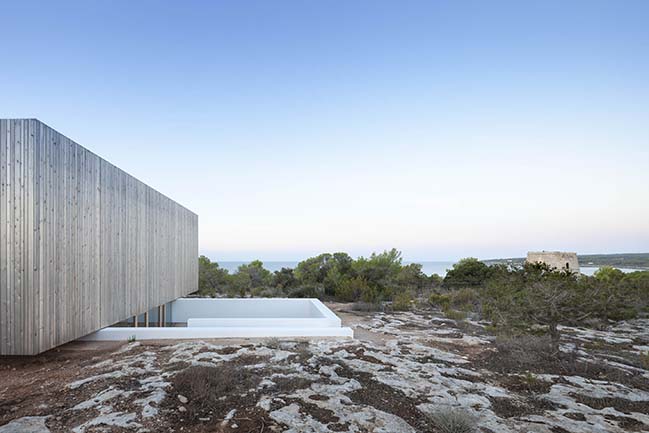
The superior quality of the used materials and their unions has played an important role in the process of creation and realization of the project. Bioconstruction criteria has given preference to natural materials and if possible from the construction place: sculpted rock, crushed gravel from the excavation, capri limestone, pine and fir wood, recycled cotton panels, white macael marble, high permeability silicate painture, etc. All this has reverted to hygroscopic enclosures which are permeable to water steam and guarantee pleasant and healthy indoor environment, while at the same time require less energy efforts for the proper bulding functioning.
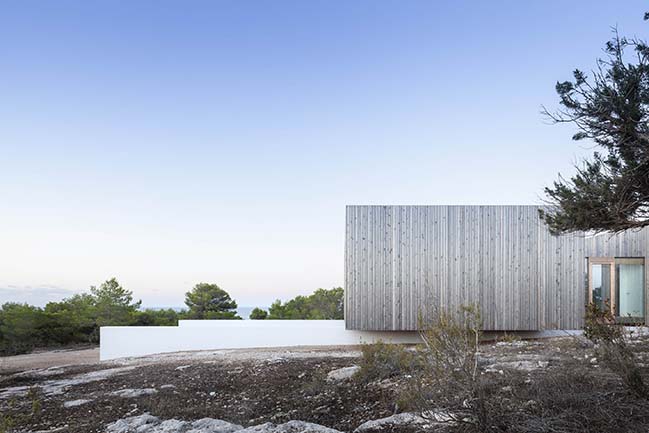
At the environmental level, the design provides passive bioclimatic systems of proven effectiveness in this climate, as well as water self-sufficiency thanks to a large volume rainwater cistern that reuses rainwater.
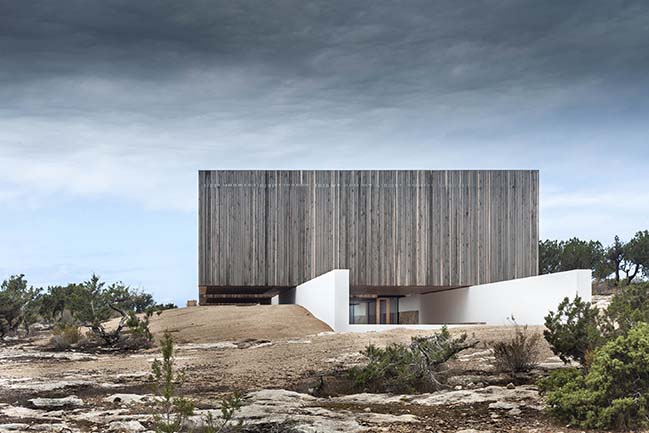
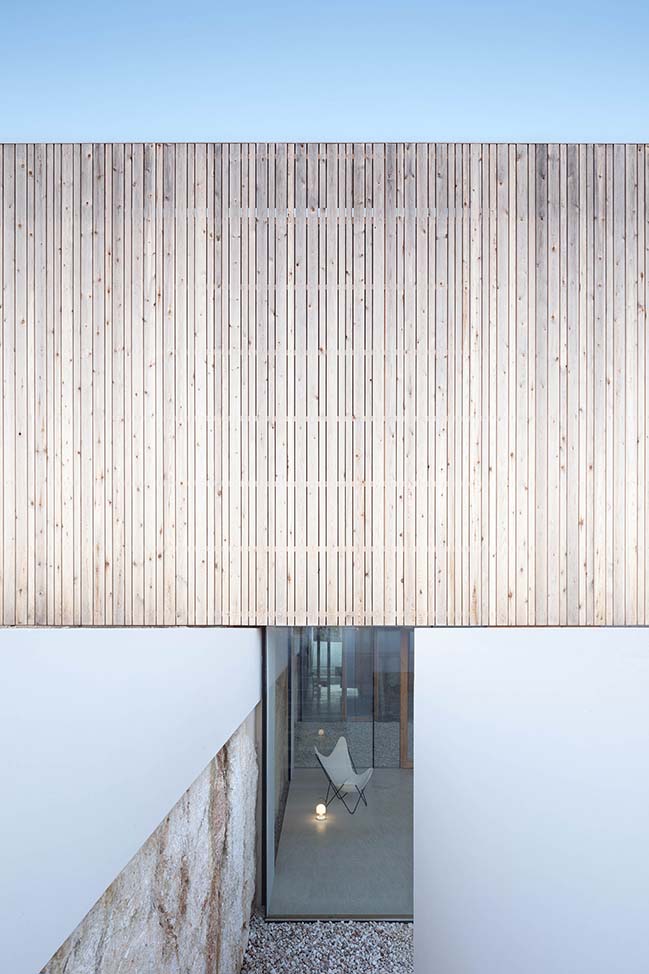
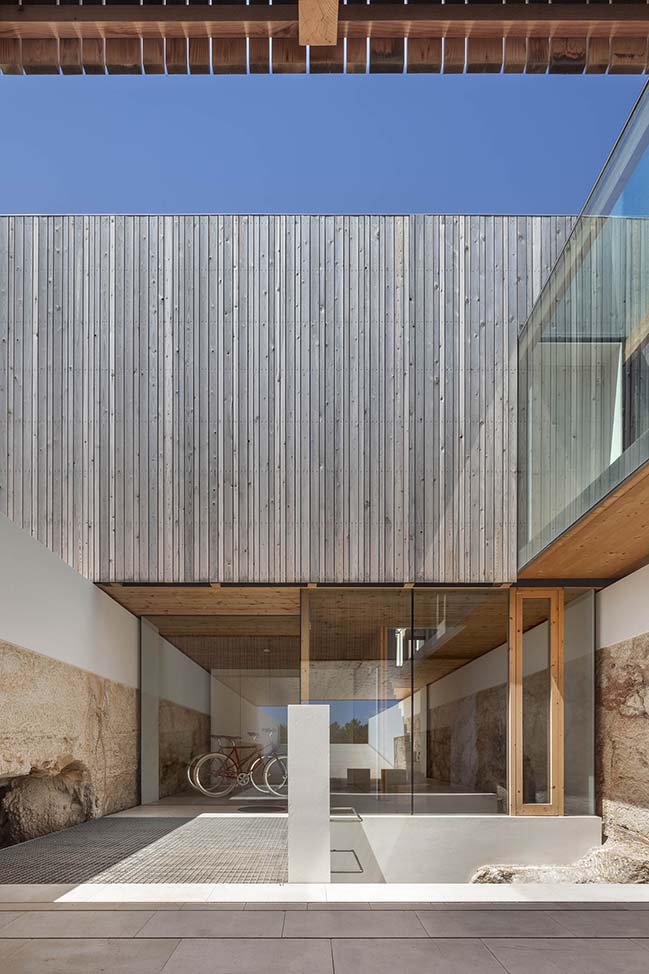
YOU MAY ALSO LIKE: Can Xomeu Rita by Marià Castelló Architecture
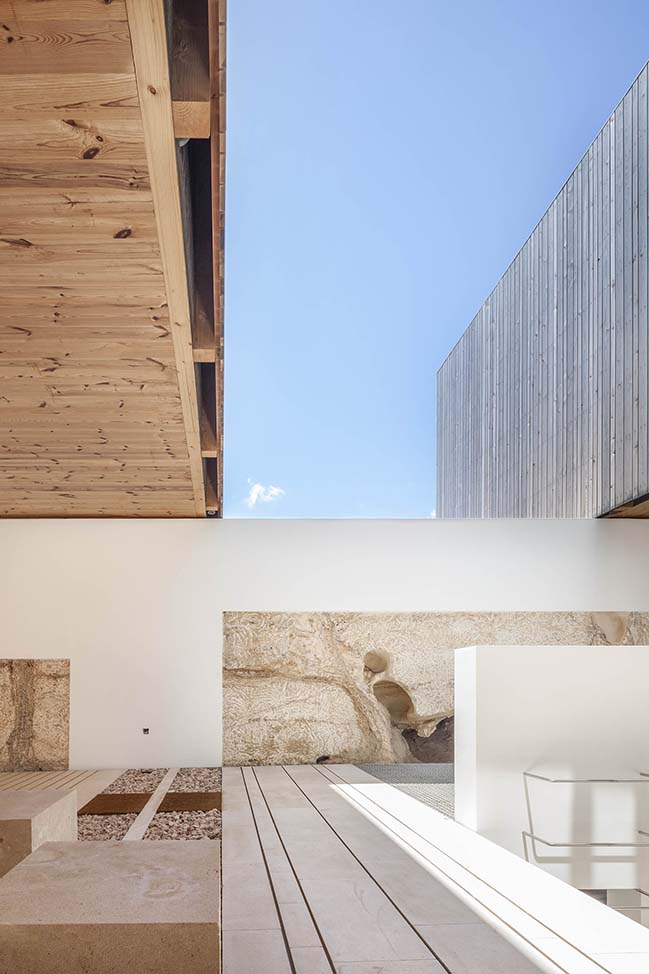
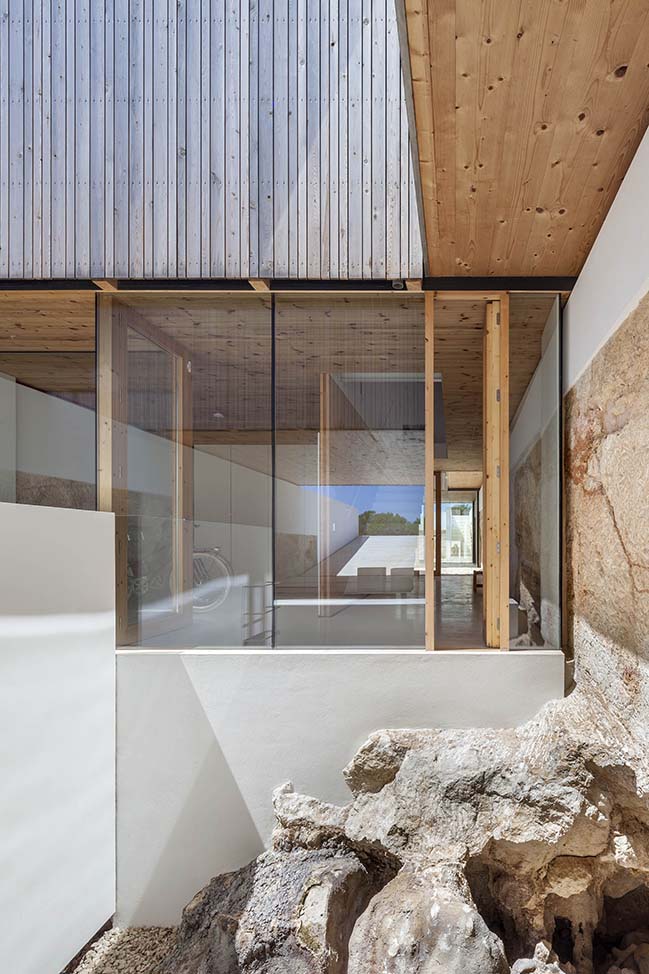
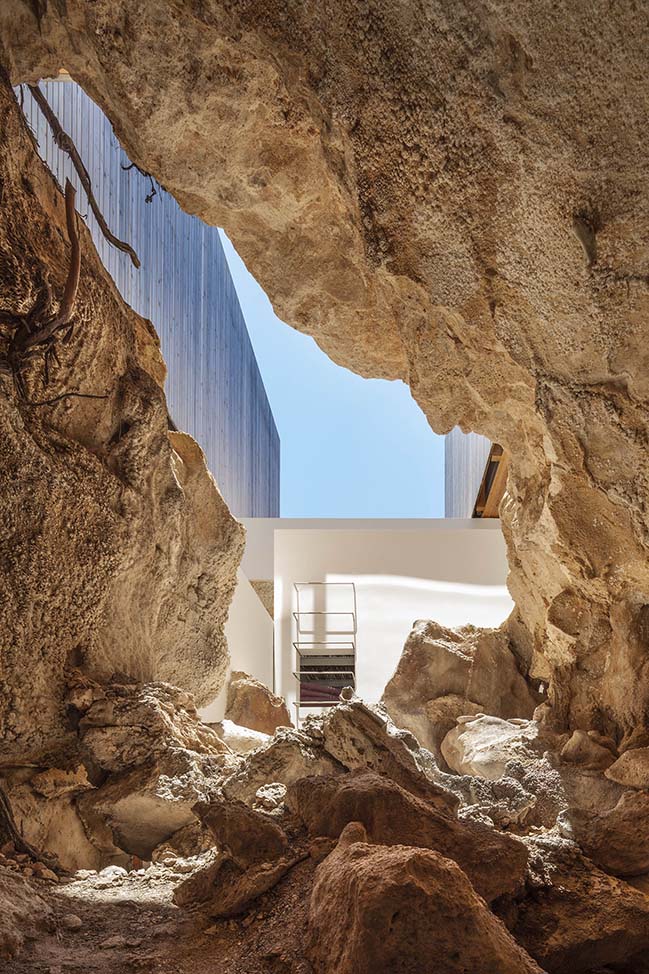
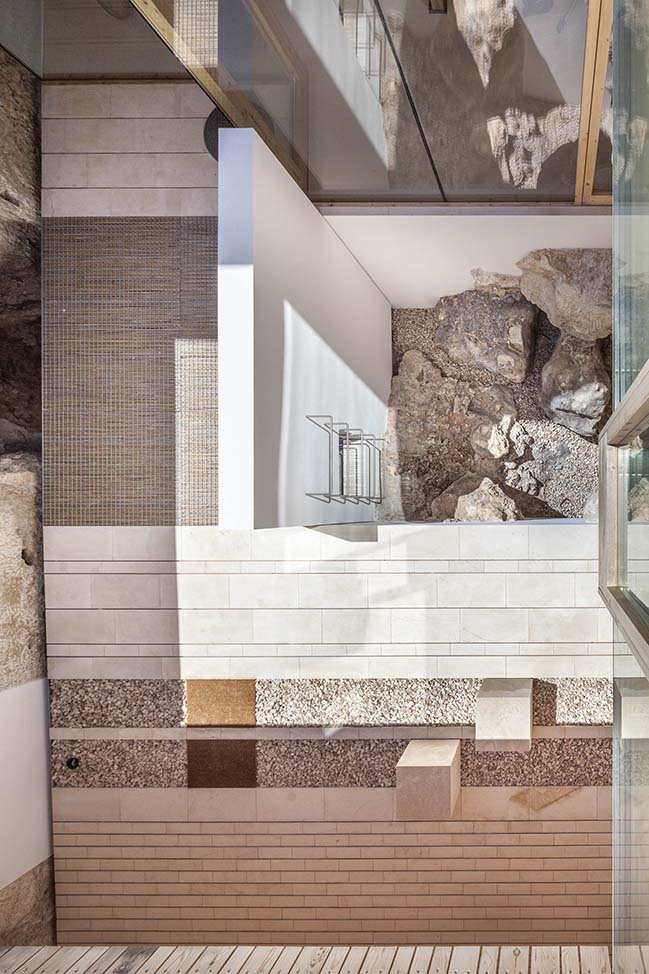
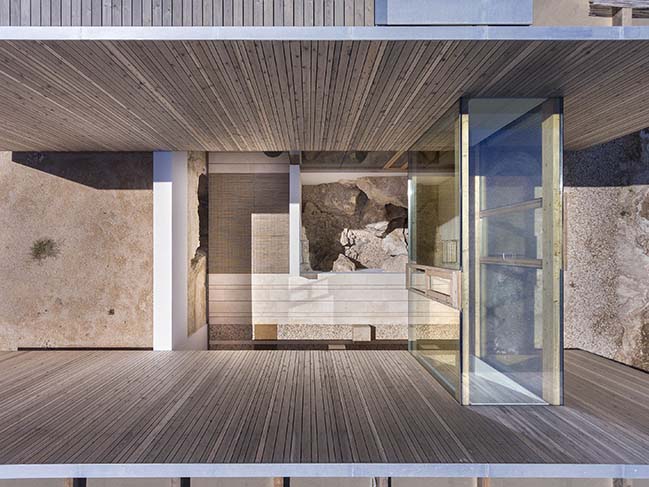
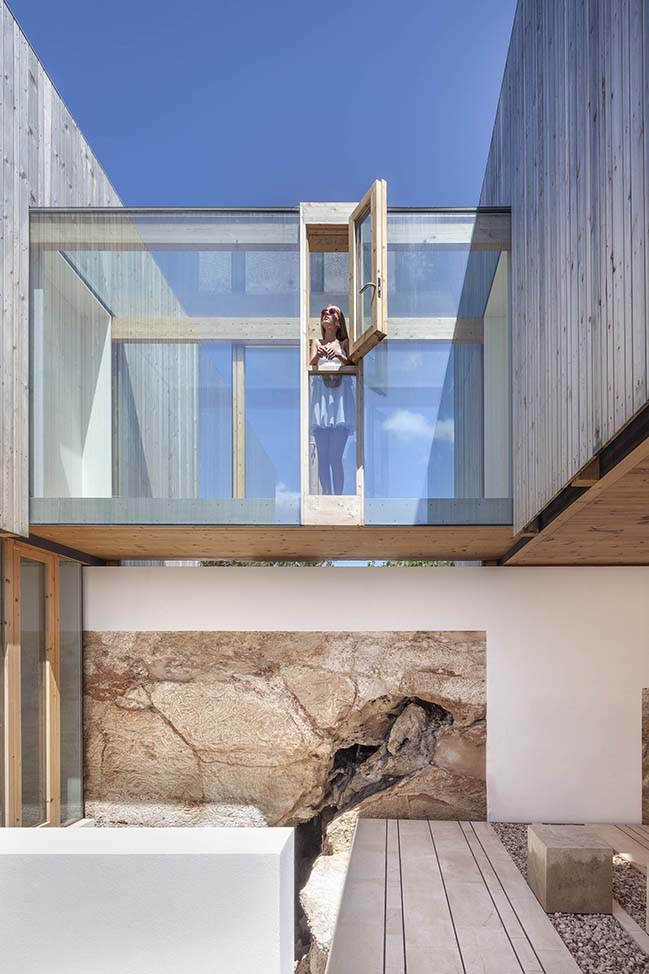
YOU MAY ALSO LIKE: St Andrews Beach House by Austin Maynard Architects
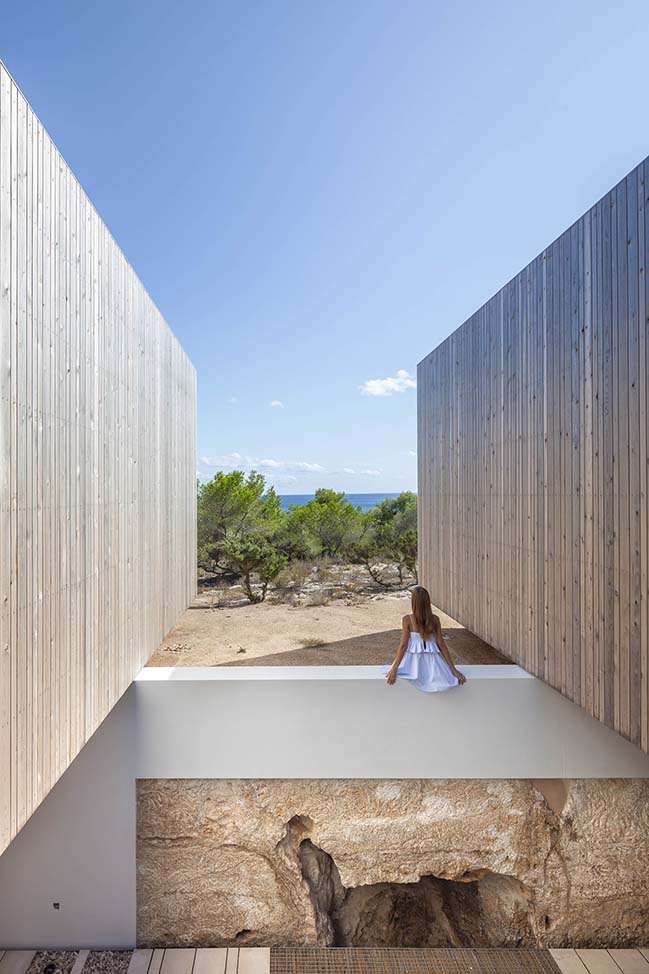
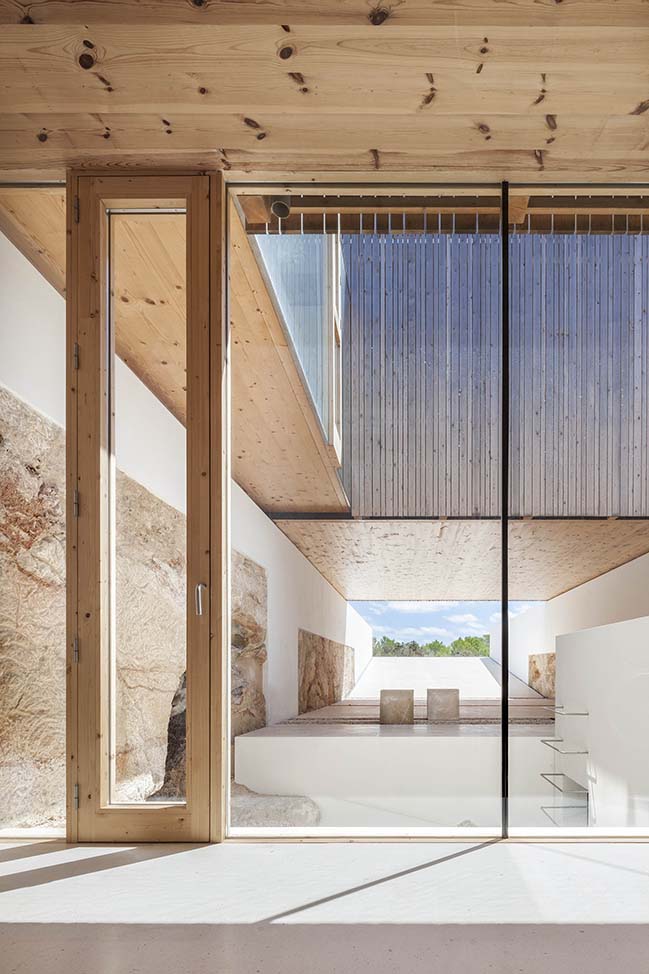
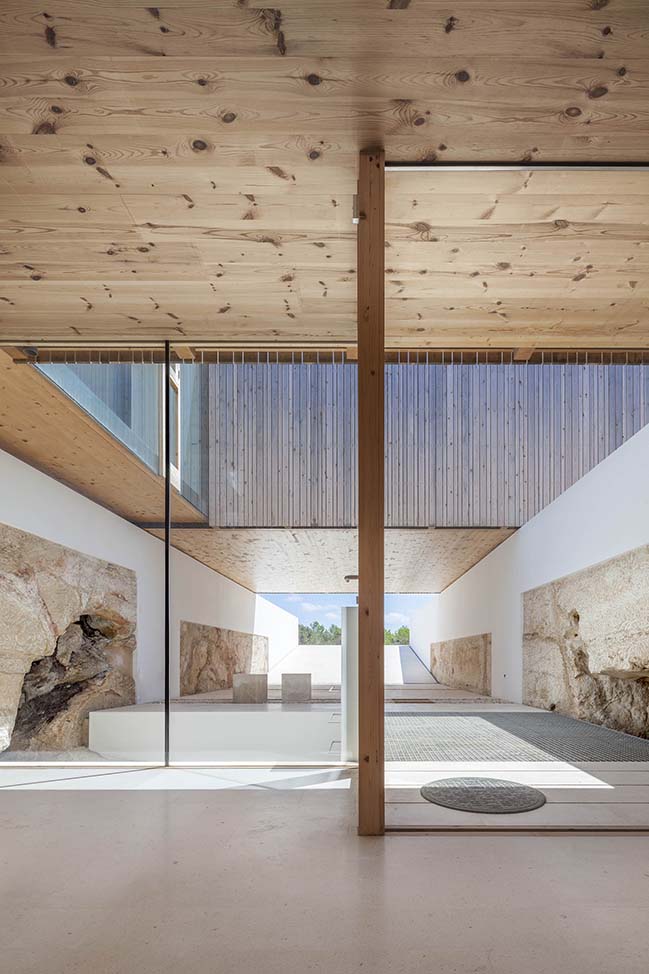
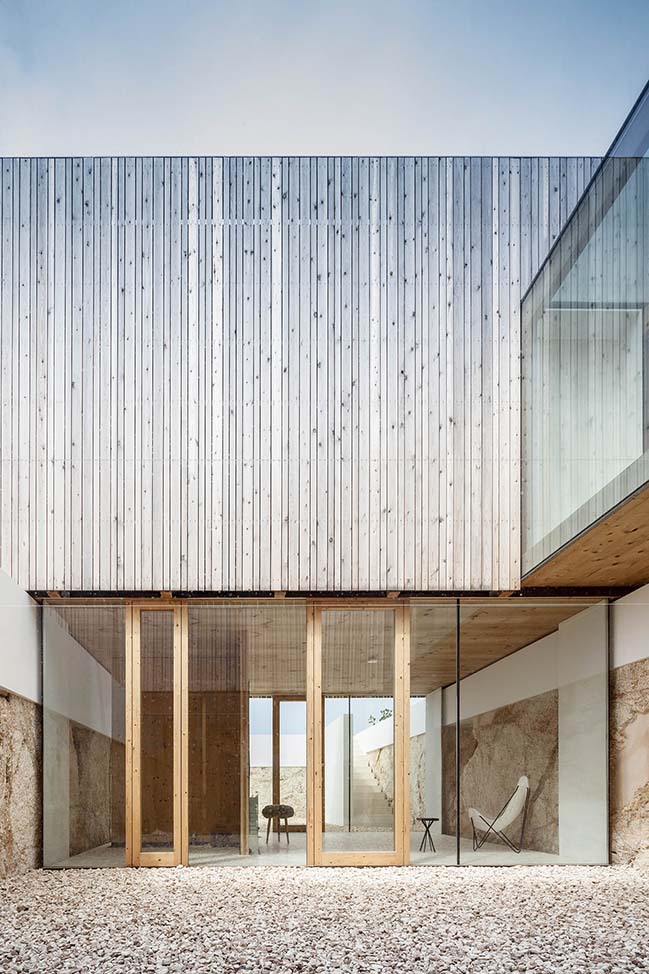
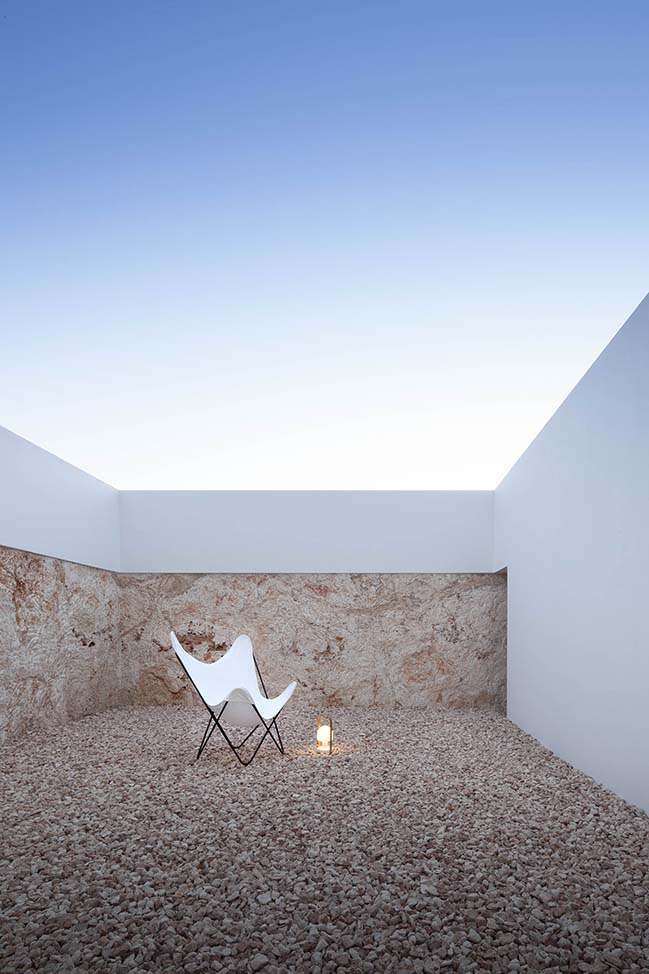
YOU MAY ALSO LIKE: Formentera Water Sports Center by Marià Castelló Architecture
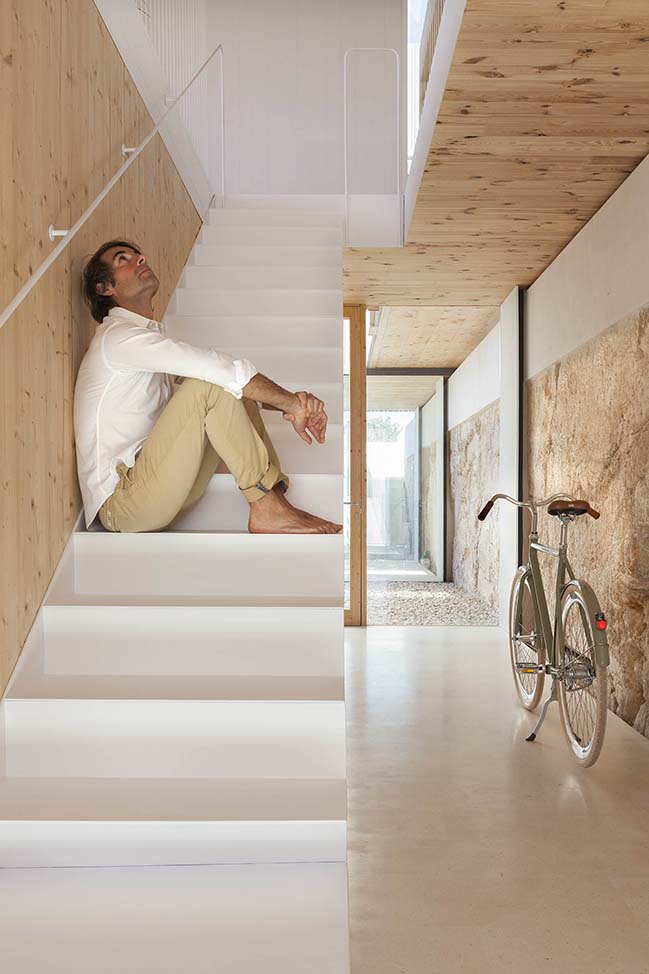
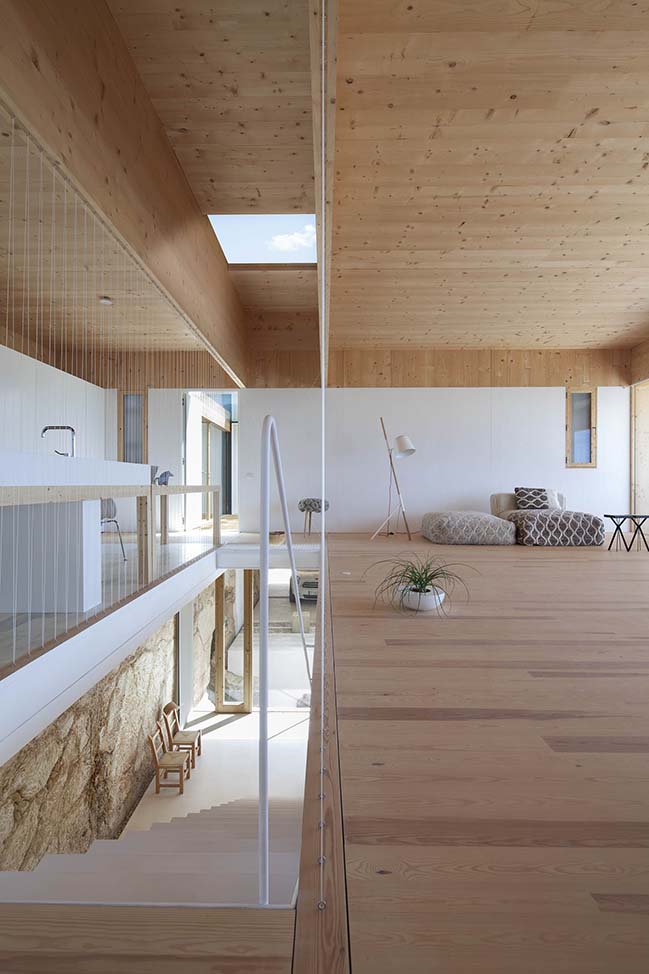
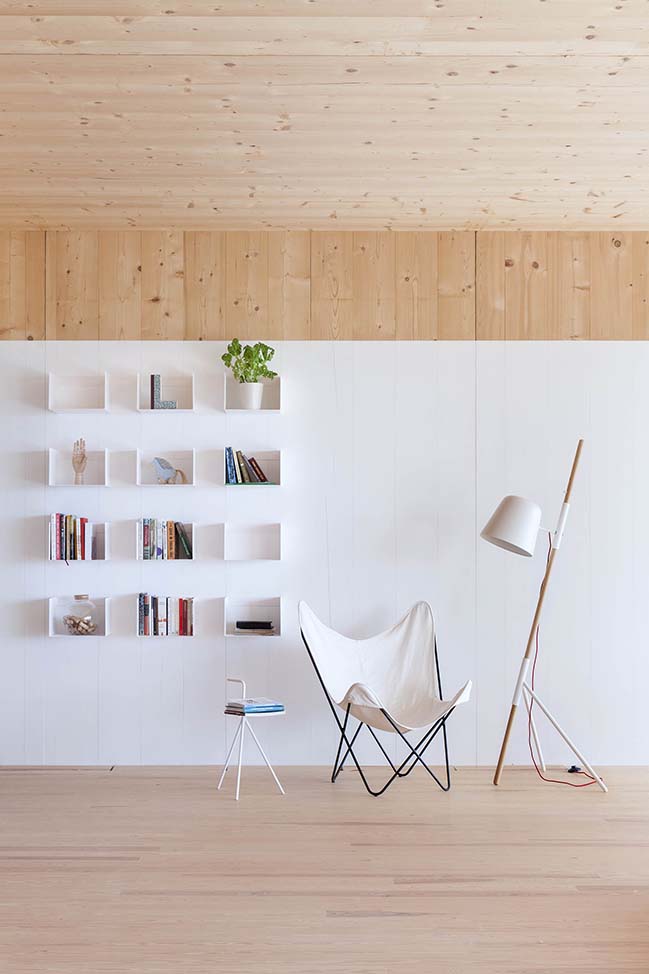
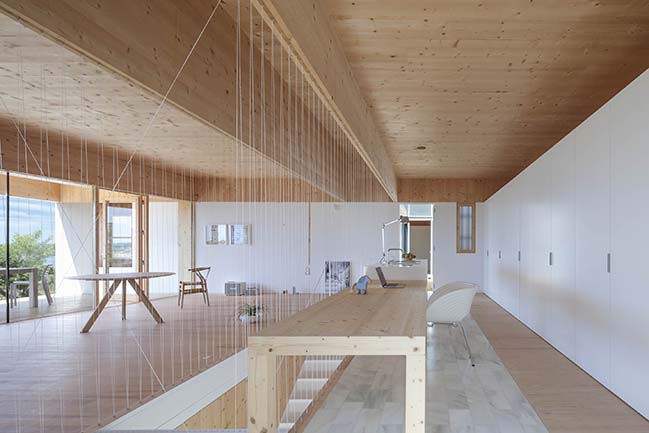
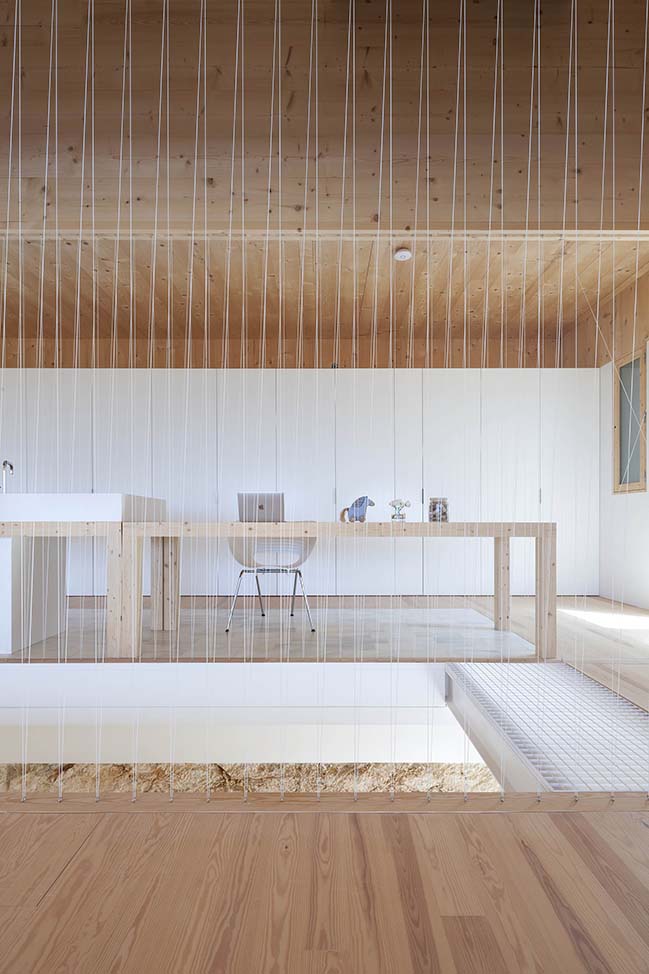
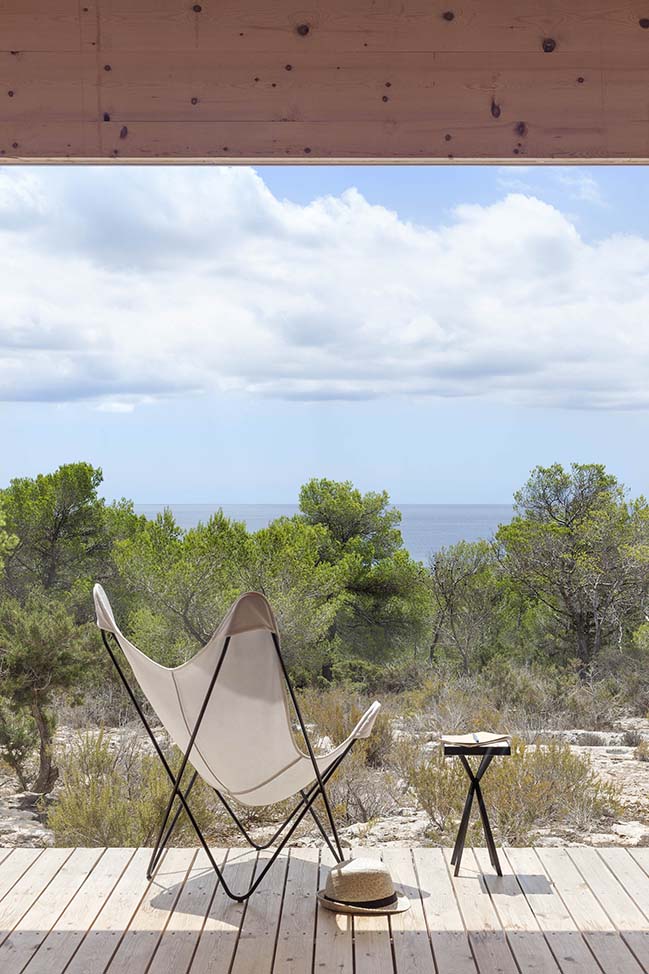
YOU MAY ALSO LIKE: Restoration of Pi des Català Tower by Marià Castelló Architecture
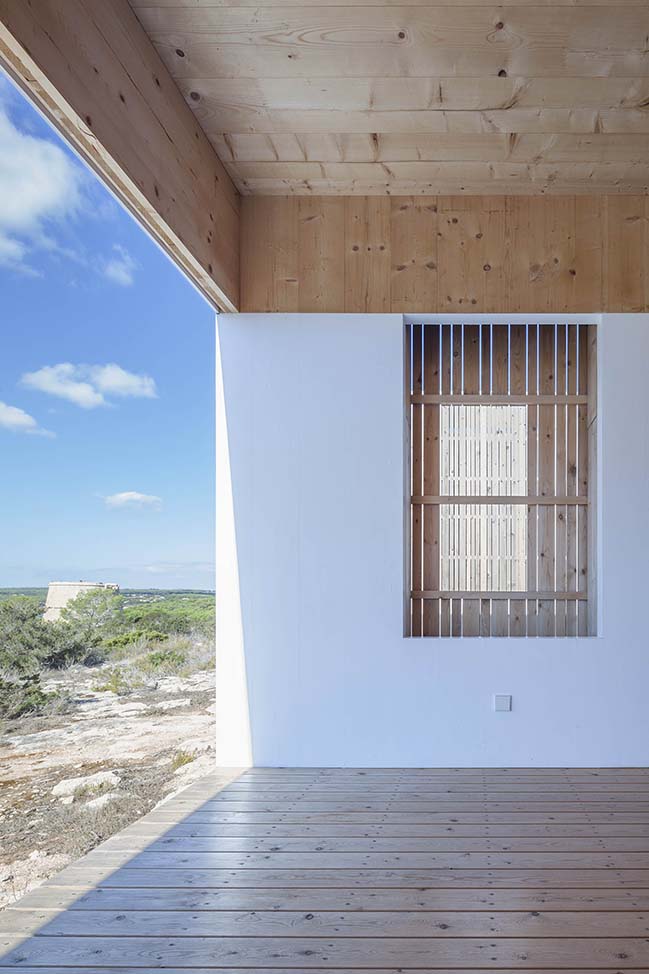
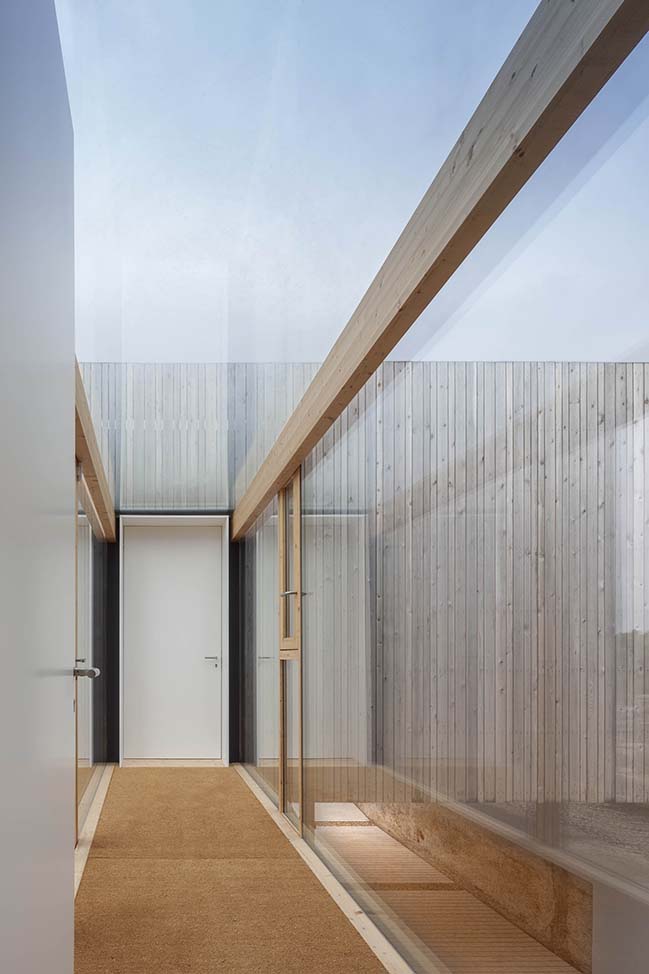
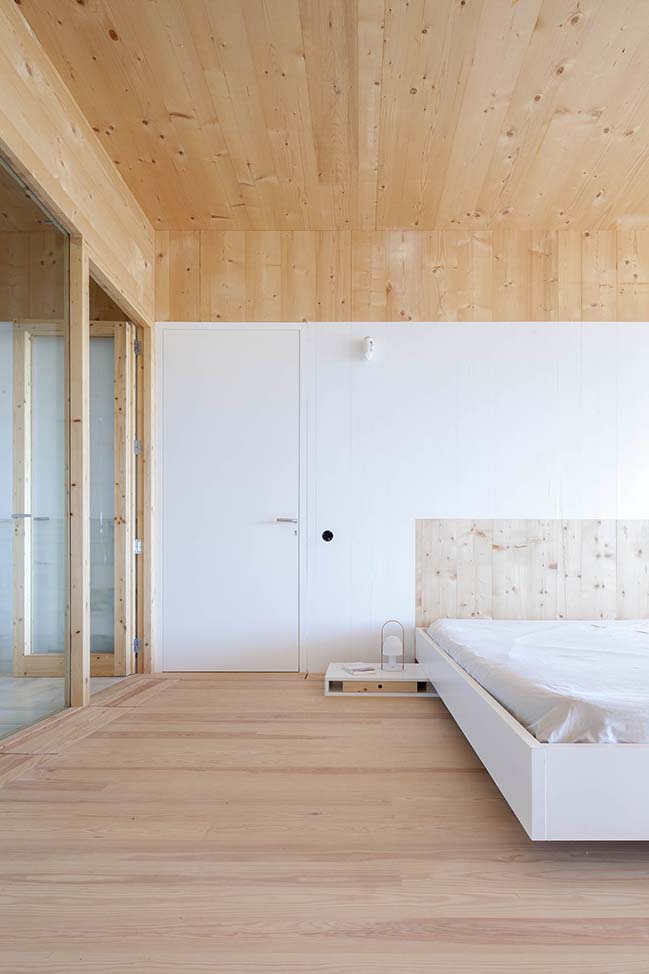
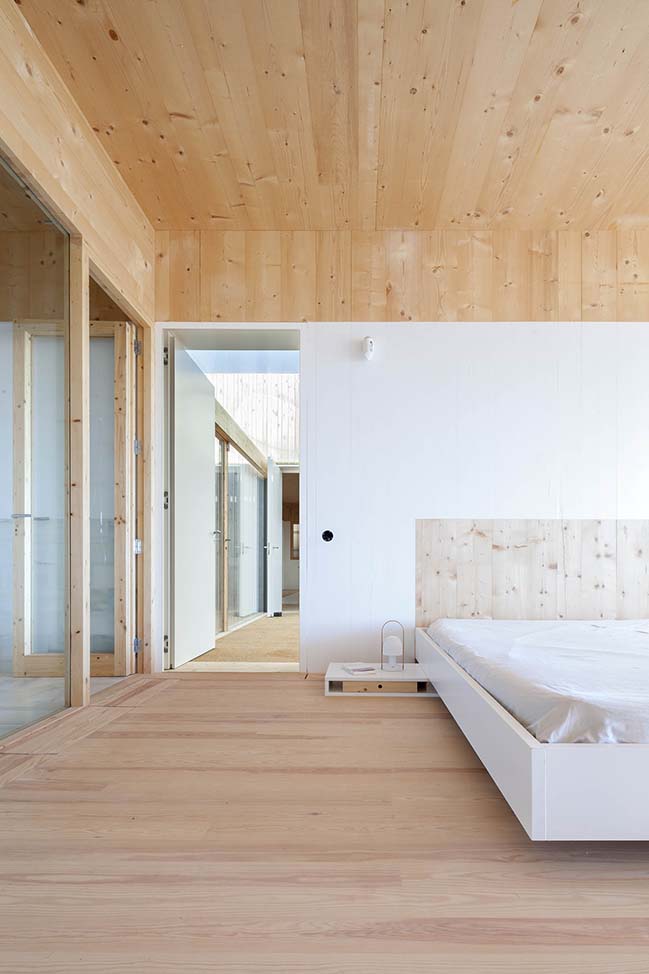
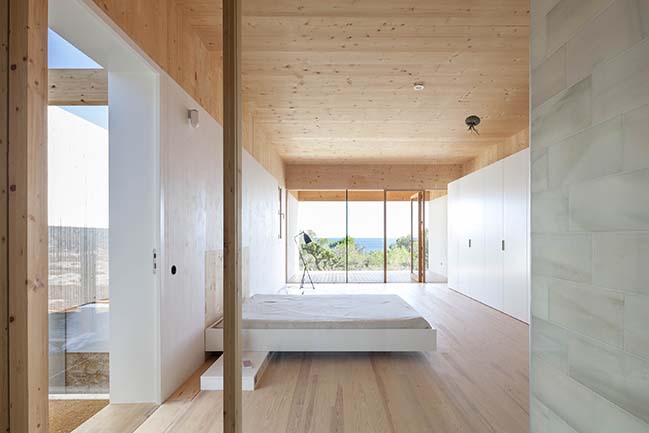
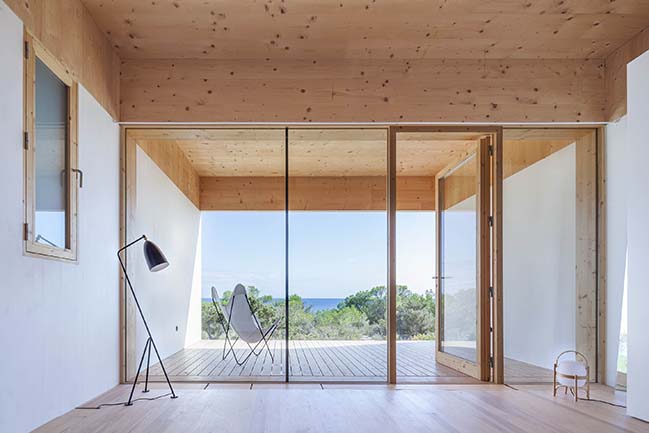
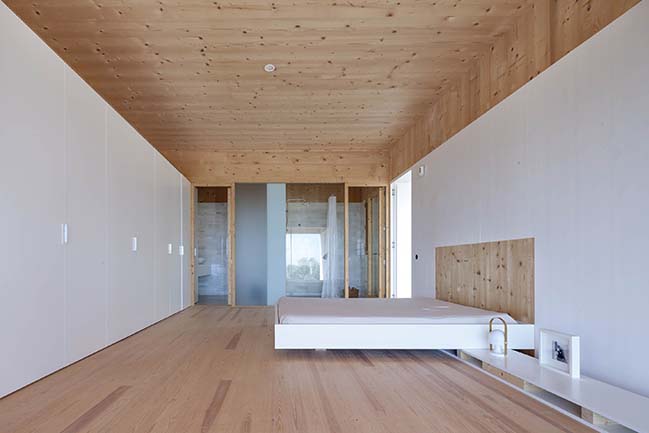
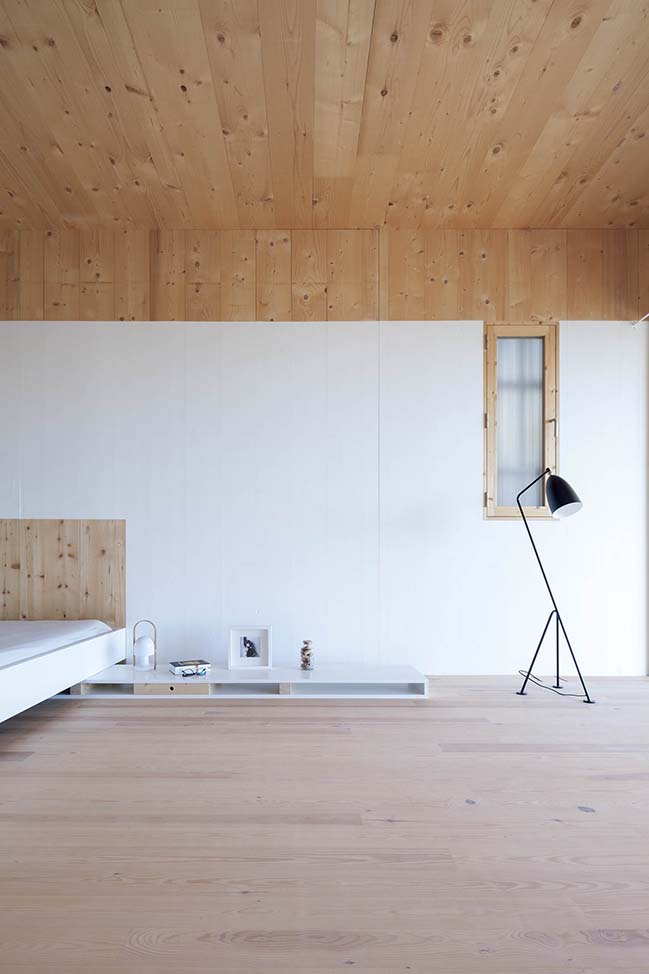
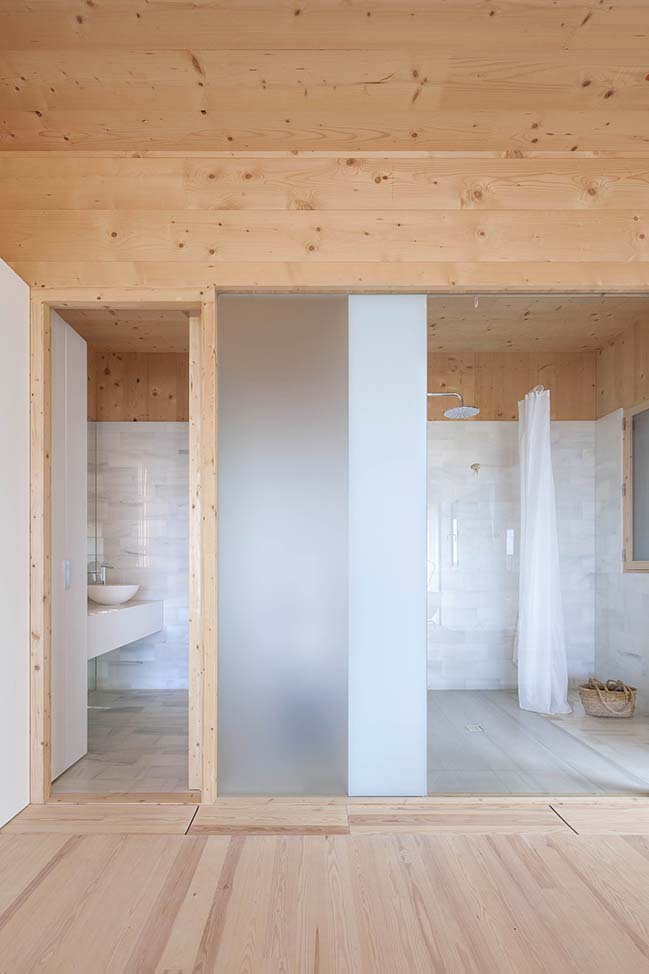
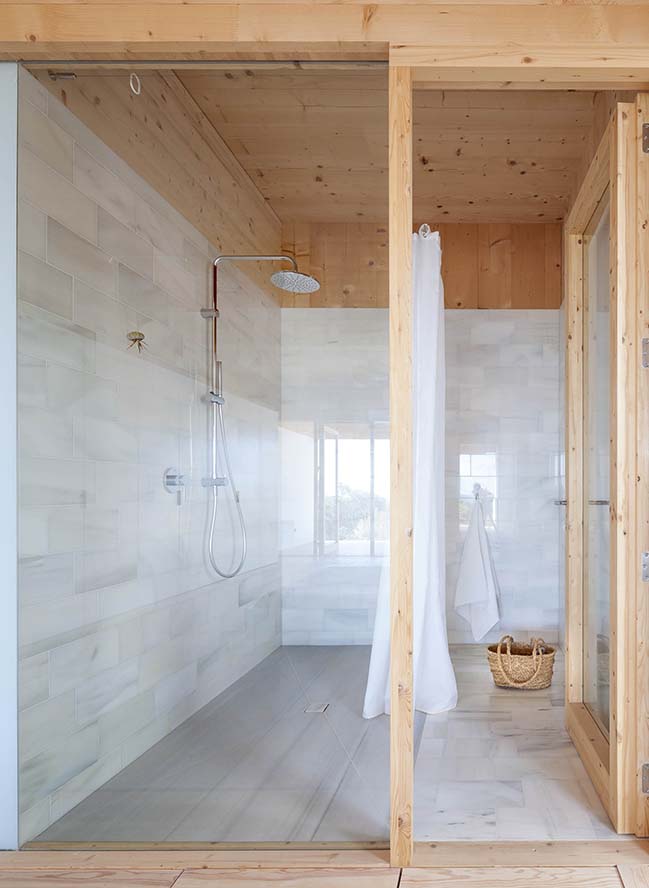
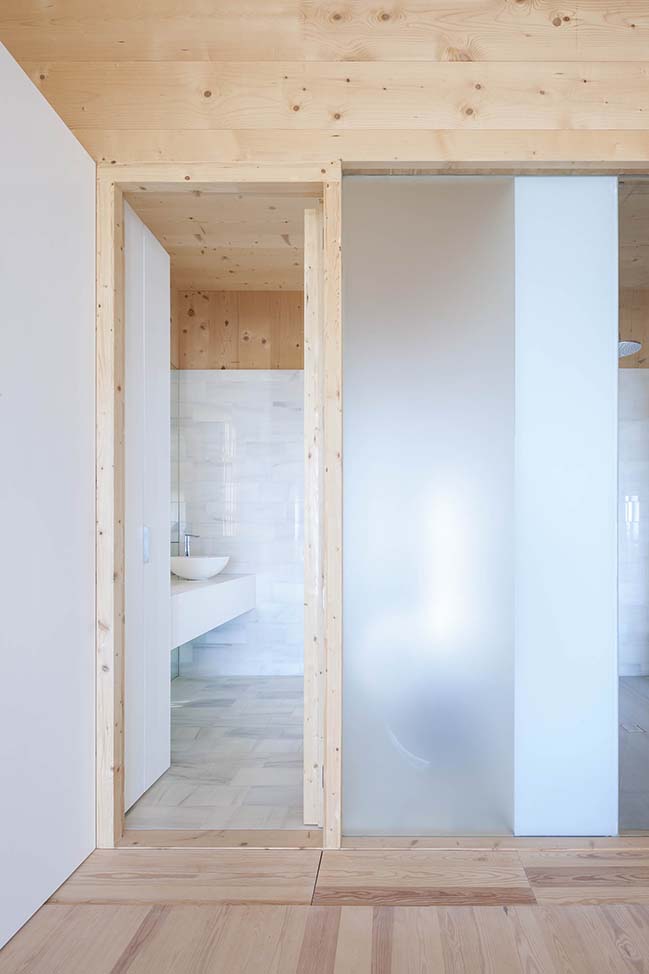

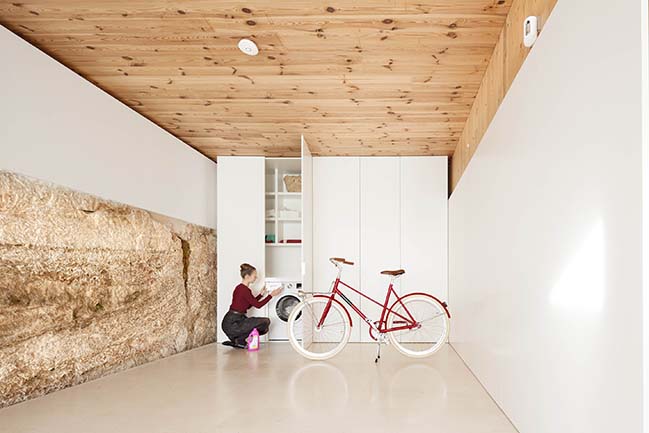
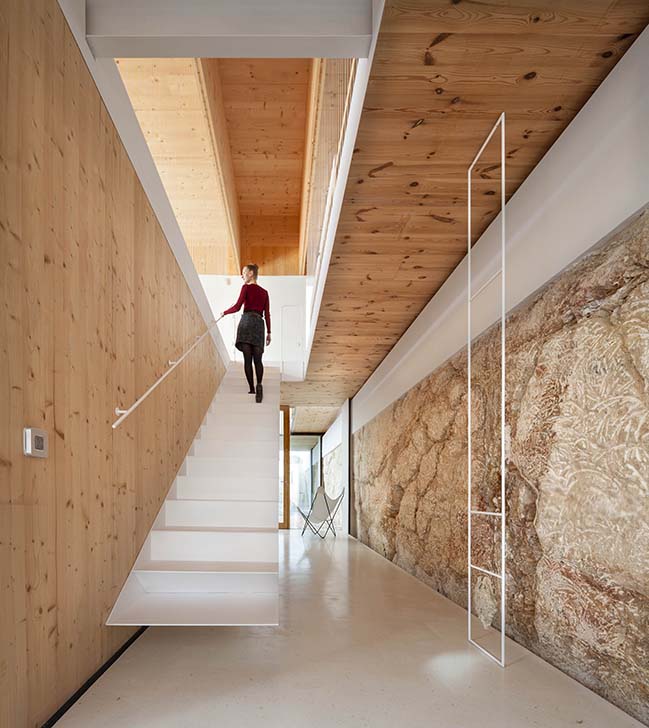
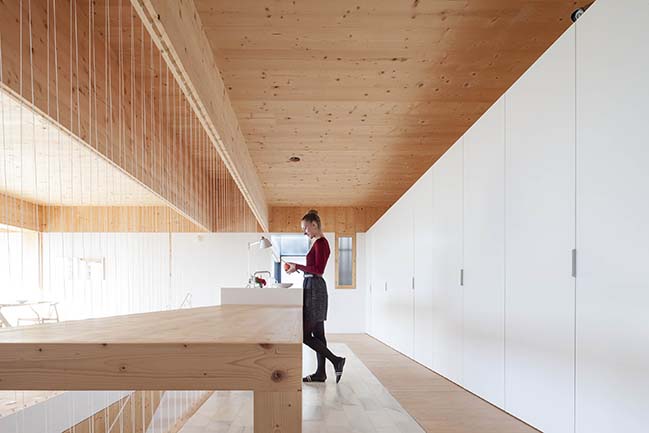

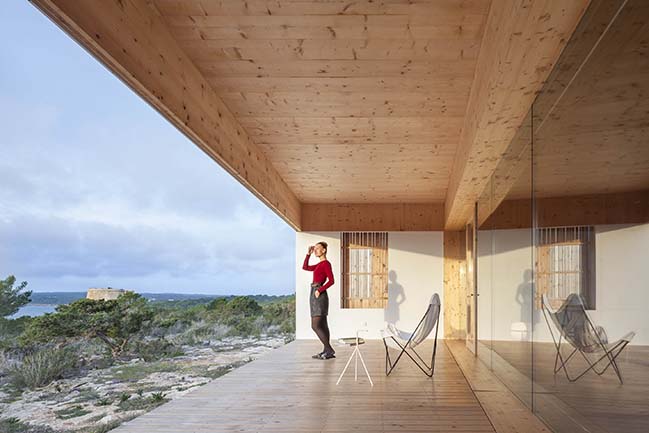
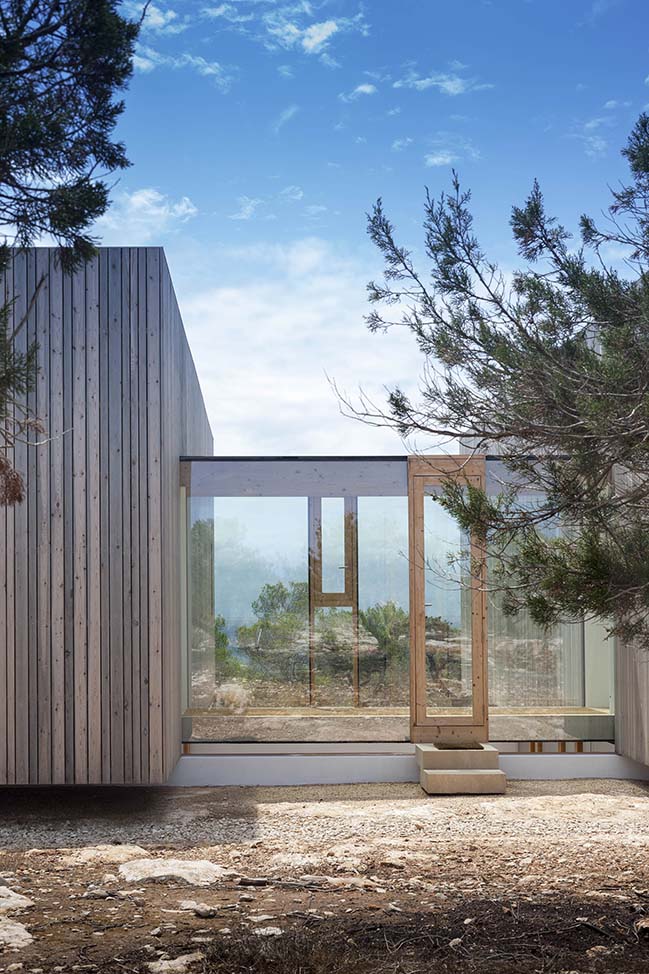
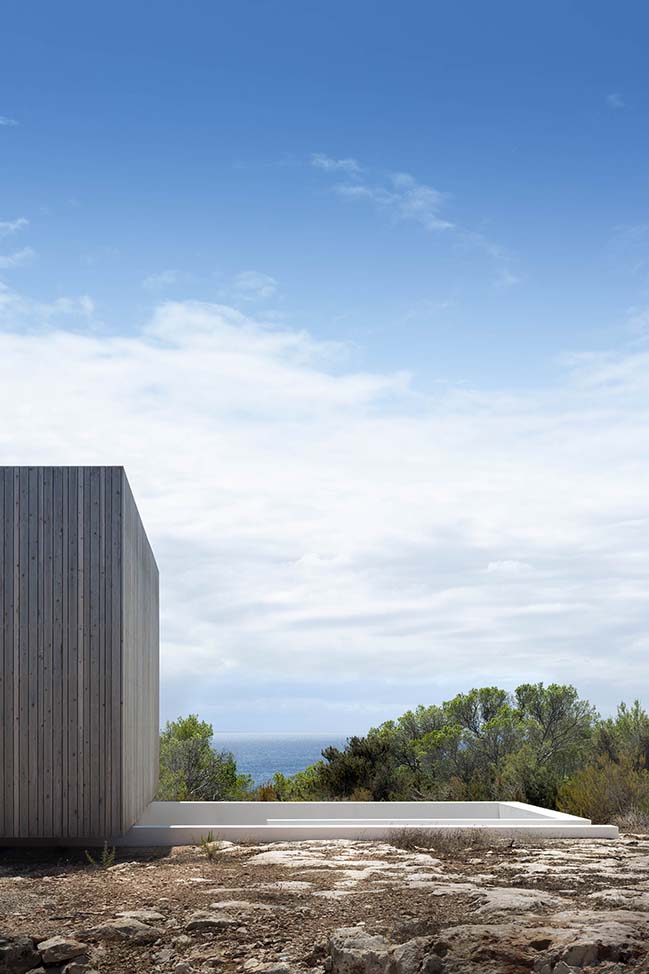
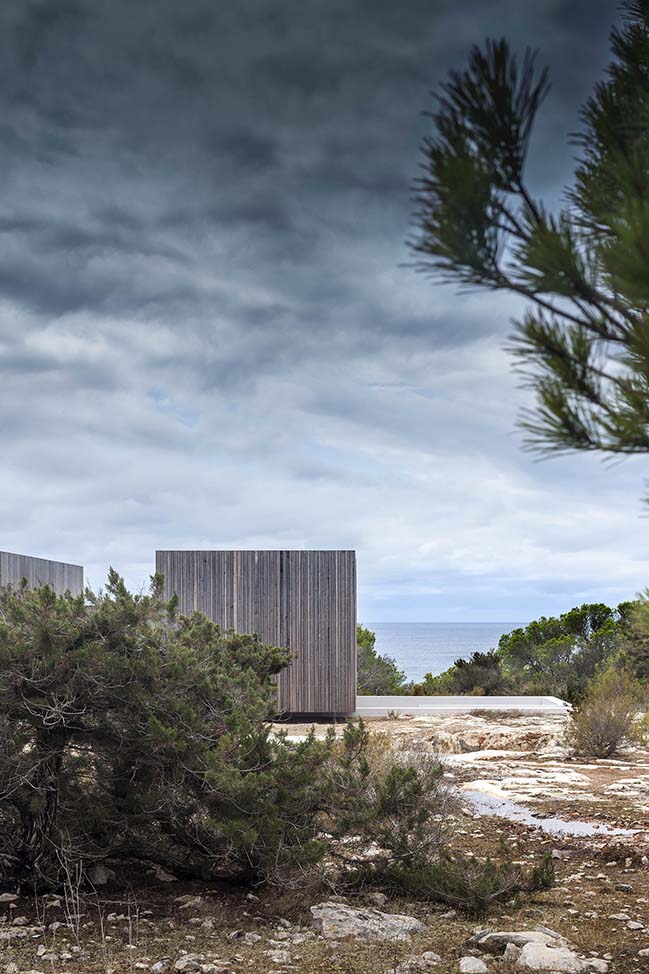

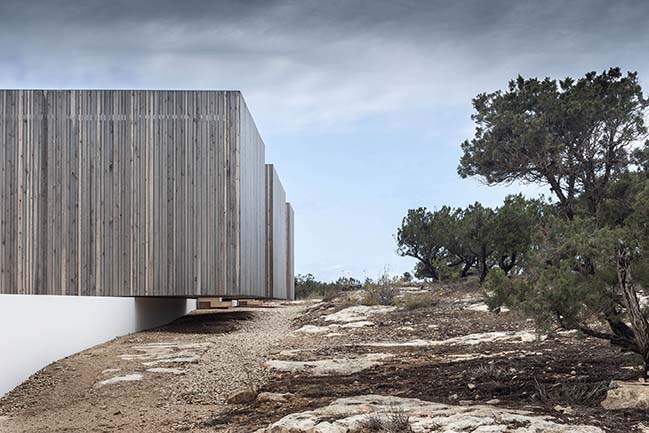
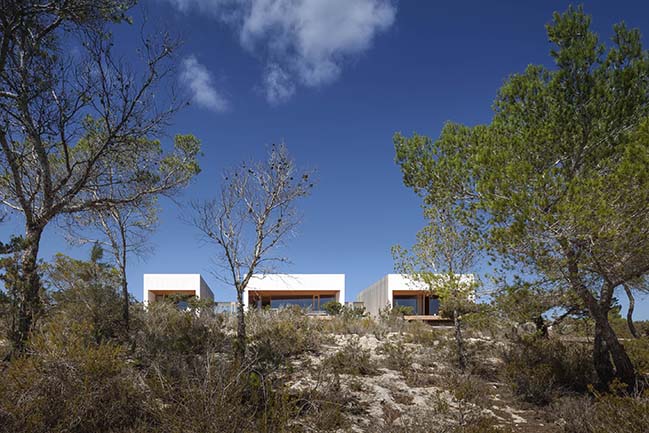
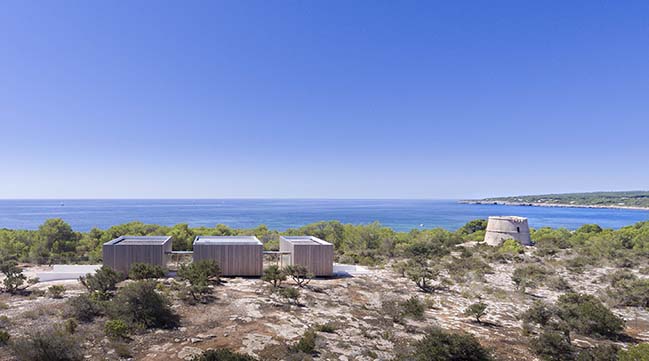
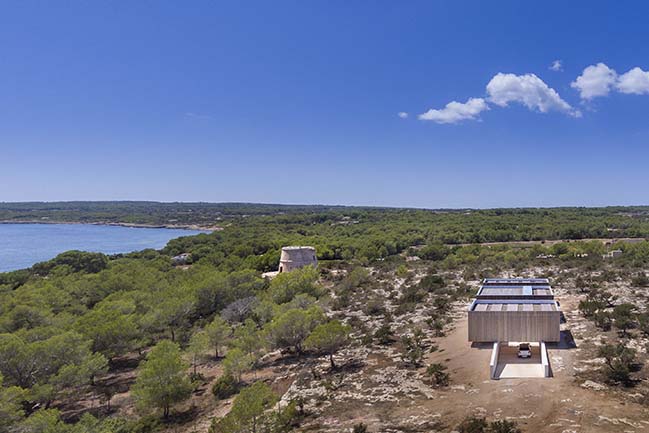
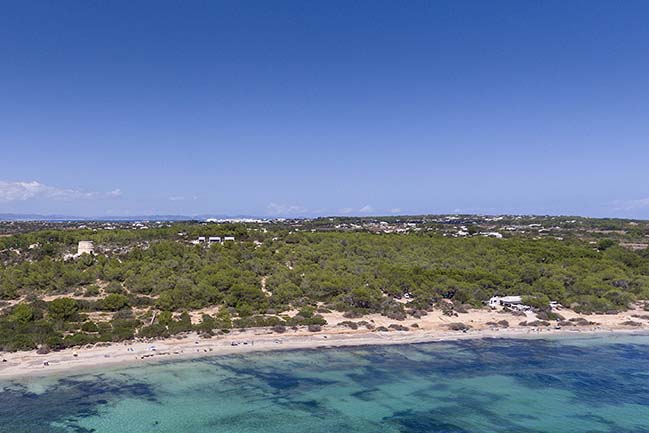
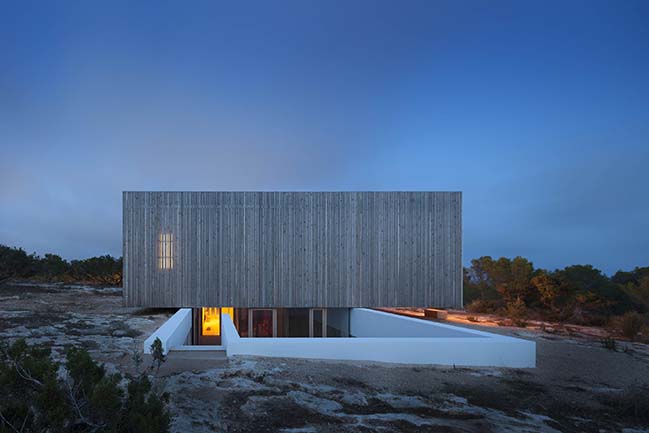
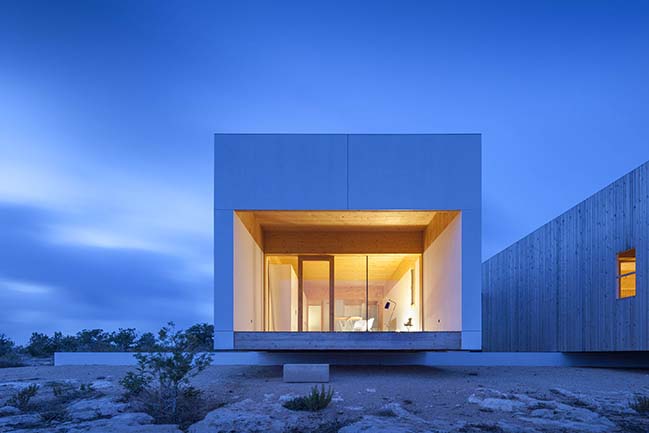














Private house in Formentera Island by Marià Castelló Architecture
04 / 28 / 2019 Bosc d'en Pep Ferrer is the traditional toponym of a large plot located next to the beach of Migjorn, on the south coast of the island of Formentera
You might also like:
Recommended post: Construction of Sky Park by Zaha Hadid Architects has begun
